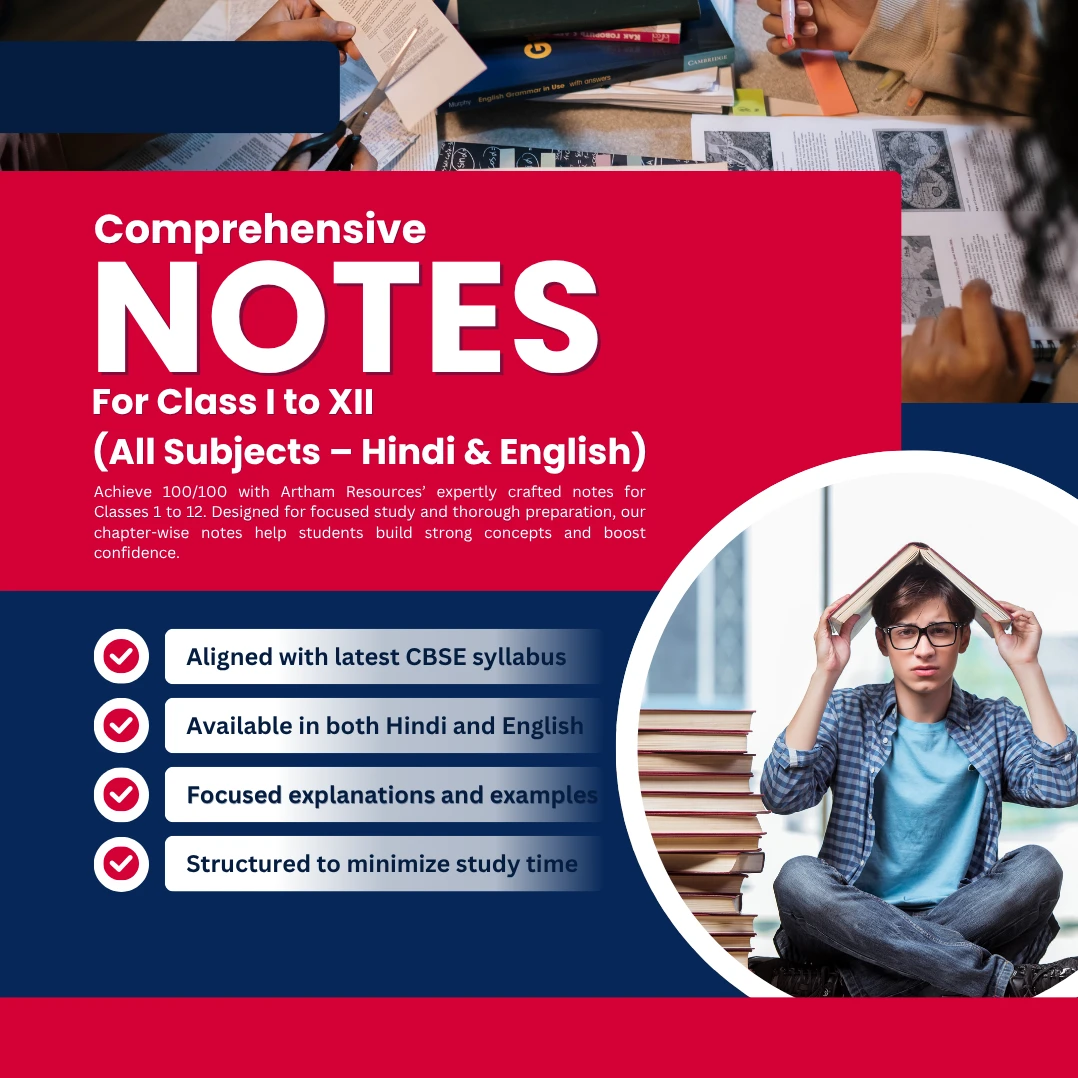Artham Resources presents comprehensive notes for **Class VI Social Science (Geography) Chapter 2: “Globe: Latitudes and Longitudes,” focusing on understanding the Earth’s representation and navigation.
- Concept Introduction: The chapter introduces the globe as a model of Earth, emphasizing its importance for geographic representation.
- Latitudes:
- Definition: Horizontal lines that measure distance north or south of the Equator.
- Key Lines: Explains the Equator, Tropic of Cancer, Tropic of Capricorn, Arctic and Antarctic Circles.
- Significance: Discusses how latitudes influence climate and weather patterns.
- Longitudes:
- Definition: Vertical lines that measure distance east or west of the Prime Meridian.
- Key Features: Highlights the significance of the Prime Meridian and the International Date Line.
- Usage: Describes how longitudes help in determining time zones.
- Learning Objectives:
- Students will gain a solid understanding of geographic coordinates, enhancing their ability to read maps and globes.
- Discussion Points: Encourages discussions on how latitudes and longitudes affect daily life and global navigation.
These notes by Artham Resources serve as a vital resource for Class VI students, enhancing their geographical knowledge and map-reading skills.




Reviews
There are no reviews yet.